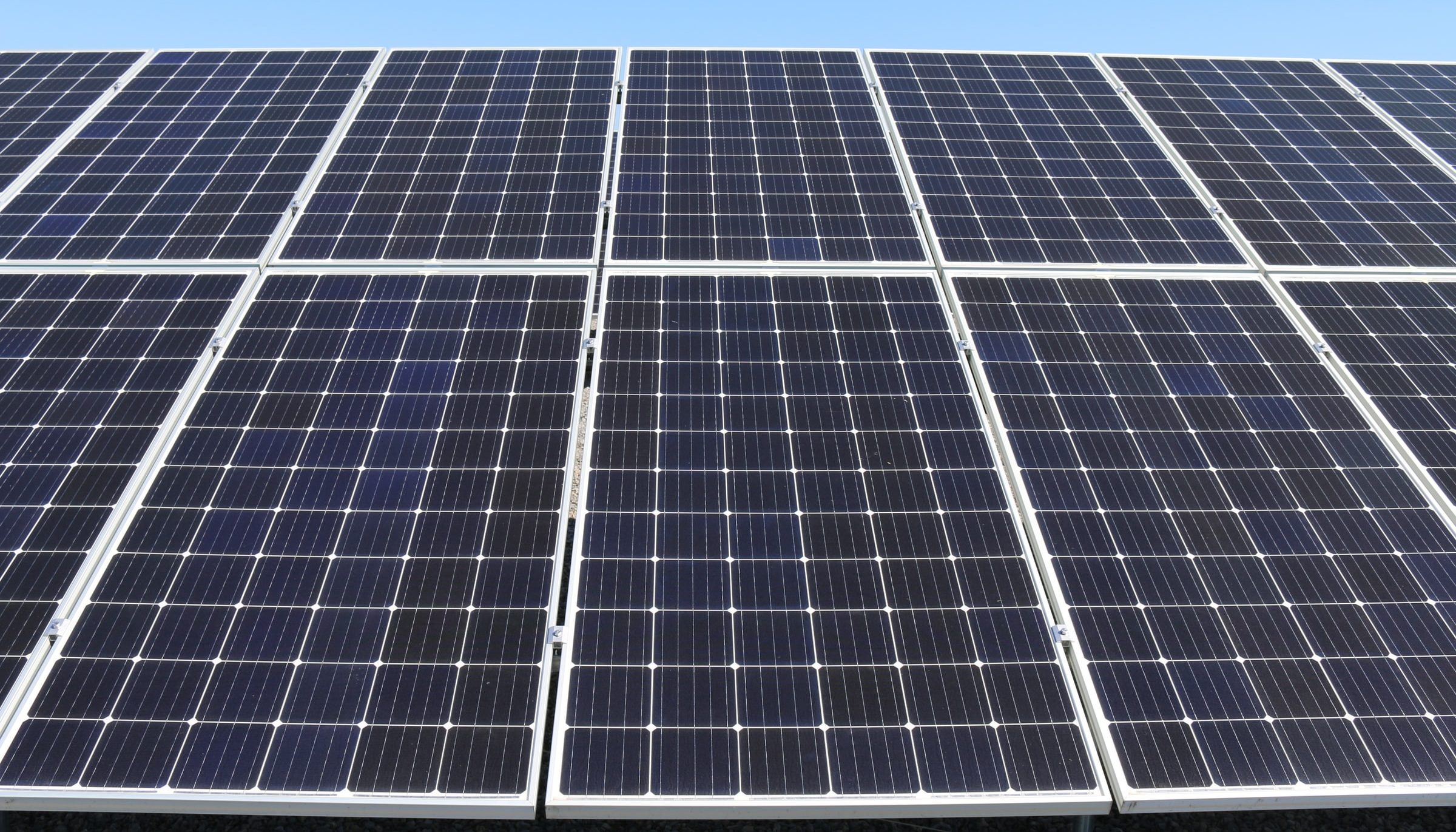The University of Konstanz has reached an agreement with a German equipment manufacturing company on the protection of patent rights relating to their patents on LID regeneration of solar cells. With the support of TLB GmbH from Karlsruhe, Germany, a mutually beneficial agreement was reached. The foundation for this was laid by a successful lawsuit for patent infringement. As a patent exploitation agency, TLB will continue to step up enforcement of the University of Konstanz’s property rights and take legal action against further infringements. The basic intellectual property rights for LID regeneration held by the University of Konstanz have already been granted for years in the most important industrial nations and regions such as the USA, Europe and China.
“The protected method has been and is being used for the treatment of probably all boron-doped monocrystalline PERC solar cells. Therefore, it is a billion-dollar market in global terms,” explains Dr.-Ing. Hubert Siller, Managing Director of TLB GmbH. It is a method that supports increase the efficiency of monocrystalline solar cells, which are mainly produced on the basis of the Czochralski (Cz) technique. Under operating conditions, however, the boron-doped CZ solar cells suffer from so-called light-induced degradation (LID), due to which the efficiency of a CZ-silicon solar cell is considerably reduced after only a short period of exposure to solar radiation. Depending on the material and production process, this can lead to a loss in efficiency of more than one percent absolute.
Scientists at the Photovoltaics Department of the University of Konstanz introduced as early as in 2006 a method to neutralize this type of degradation. The process developed and optimized over years by Axel Herguth, Svenja Wilking and Professor Giso Hahn can easily be integrated into the production process. The scientists made use of the fact that the degraded solar cells can be regenerated by exposing them to light energy greater than 100 degrees Celsius. Alternatively, regeneration can also be achieved using electrical current instead of lighting.
The economic potential of regeneration is enormous: If the degradation-caused loss in efficiency of one percent absolute is nearly completely offset, this yields additional efficiency of approx. five percent. With a 1 GWp production line, we are looking at over ten million euros per year. Another major advantage is the resource conservation that can be realized by regeneration. A higher level of efficiency means that less raw materials and energy are consumed, which in turn leads to a more environmentally friendly production. Operators of solar plants thus benefit from higher yields and end consumers from lower energy costs.



























